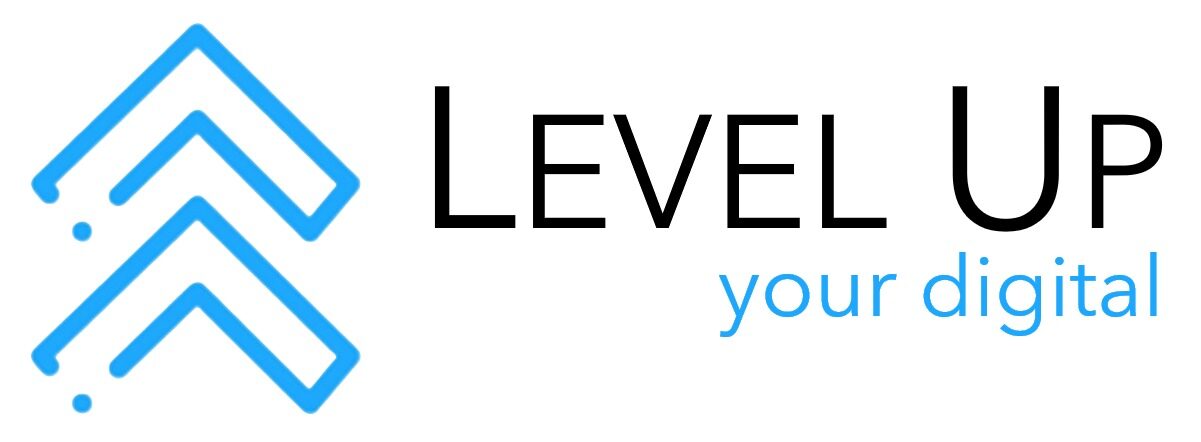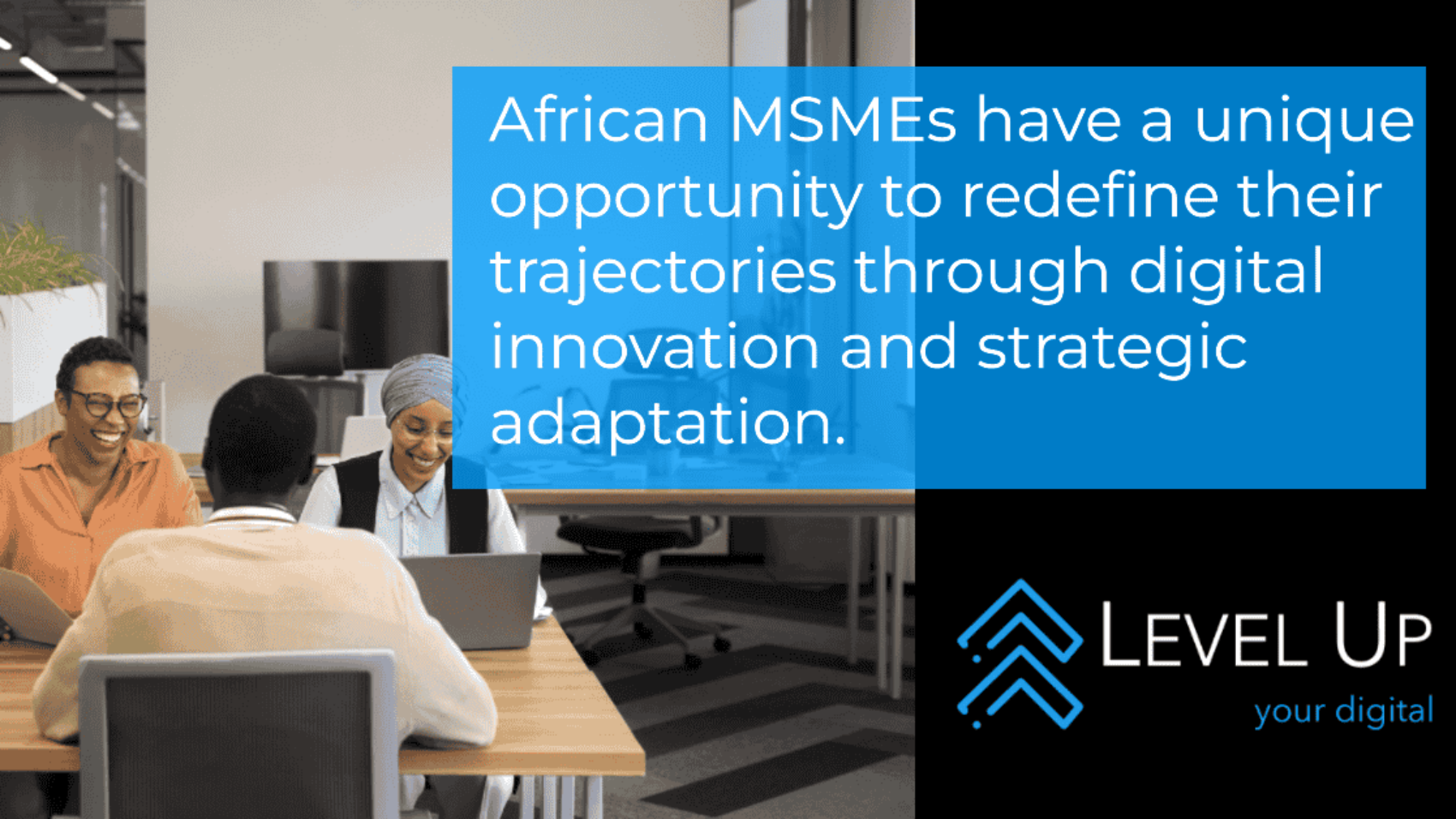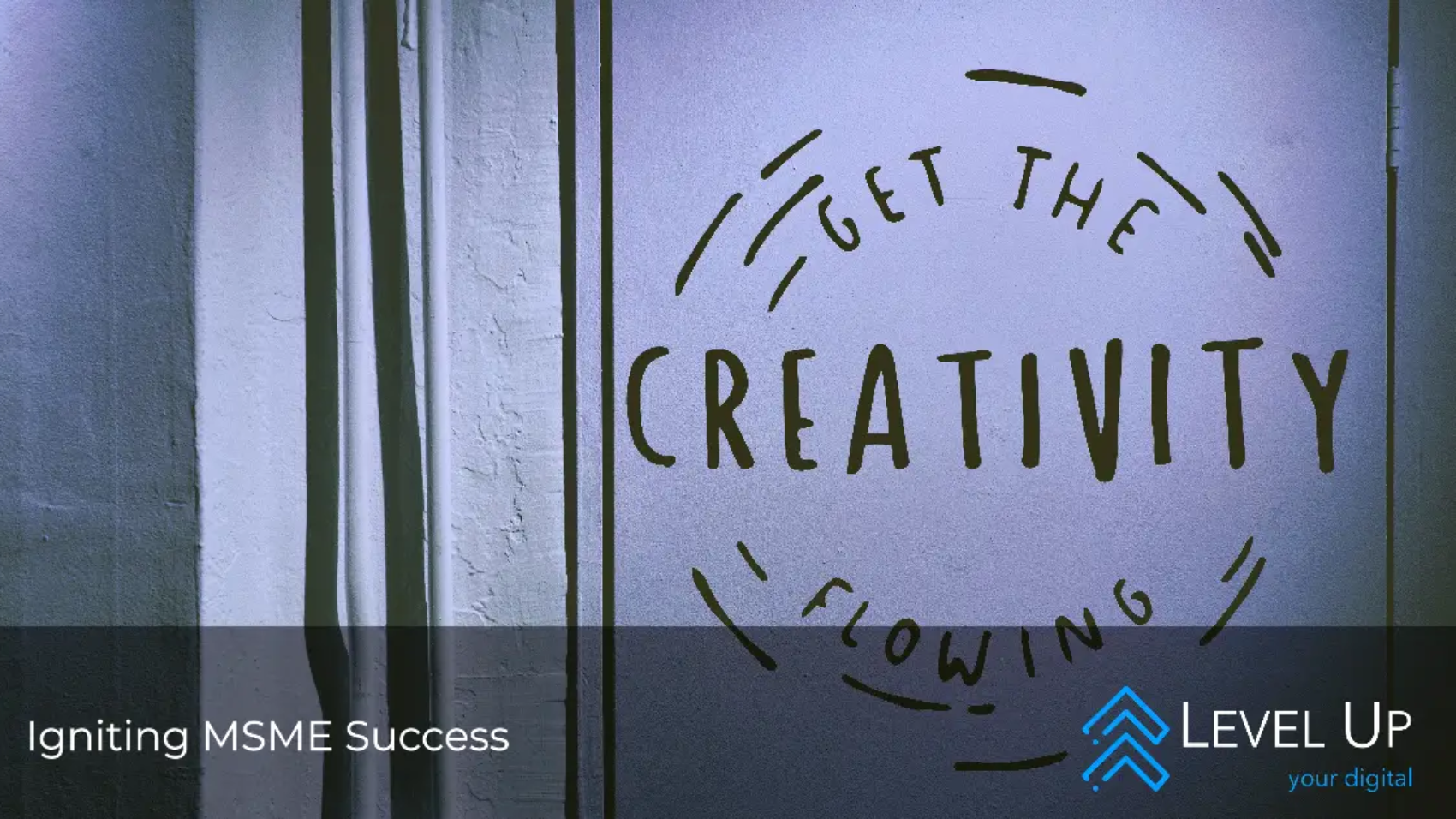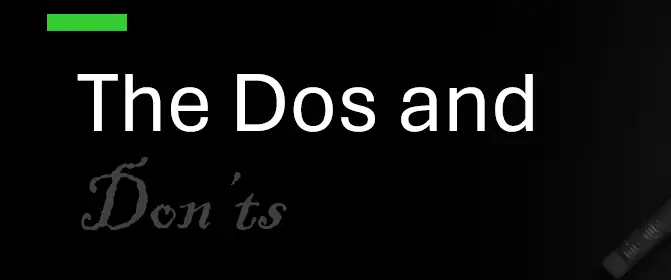After a prolonged period of economic uncertainty and the lingering impacts of the Covid pandemic, African MSMEs are now at a pivotal moment. While October 2024 marked a pause in our content, today we return and touch on a new era where digital innovation, resilience, and strategic adaptation are transforming the business landscape.
This blog explores how MSMEs in South Africa and across Africa are embracing digital transformation to unlock growth, secure financing, and drive operational efficiency. We also draw lessons from global trends to chart a path for a sustainable future.
1. The Digital Transformation Wave
African MSMEs are increasingly leveraging digital tools to overcome traditional business challenges. The African Development Bank’s Digital Transformation Initiative illustrates how technology is bridging gaps in areas such as fintech, e-commerce, and remote operations. By integrating digital solutions, businesses are streamlining processes, reducing costs, and reaching new markets.
2. Financial Resilience through Innovation
Access to traditional financing remains challenging. However, innovative fintech solutions are bridging the gap. For example, platforms like Flutterwave Solutions and Safaricom’s M-Pesa are not only enabling smoother transactions but also opening up alternative financing channels. The International Finance Corporation’s initiatives on SME finance provide further insight into how digital finance is reshaping the lending landscape for MSMEs.
3. Government Support and Policy Initiatives
In South Africa, government efforts continue to support small businesses through targeted policies and funding programs. Although access to finance remains a hurdle, the National Treasury’s Reports highlight ongoing initiatives designed to ease capital constraints. Combined with supportive policy measures across Africa, these efforts are gradually transforming the financial landscape for MSMEs.
4. Embracing Global Trends: Lessons and Opportunities
Globally, MSMEs are tapping into emerging technologies to drive efficiency and growth:
- AI & Automation: In markets such as the US and Europe, small businesses are leveraging AI tools to streamline operations and reduce overhead costs. African MSMEs can learn from these trends to adopt scalable solutions.
- Local Manufacturing: A shift towards local production is gaining momentum, reducing supply chain vulnerabilities—a model worth exploring in the African context.
- Sustainable Practices: Investors and consumers increasingly favor green business models, making sustainability a competitive advantage.
For a comprehensive look at how technology is fueling economic development worldwide, visit the World Bank’s Digital Development page.
Strategies for Thriving in 2025
1. Strengthen Financial Resilience
- Explore alternative funding options such as venture capital, crowdfunding, and fintech lending platforms.
- Leverage government support programs and engage actively in industry networks to improve funding access.
2. Accelerate Digital Transformation
- Invest in affordable digital solutions like Zoho’s Small Business Solutions or HubSpot’s CRM to streamline operations.
- Prioritise upskilling staff through online courses available on FutureLearn and Coursera’s Business Courses.
3. Tap into Regional & Global Markets
- Explore export opportunities through the African Continental Free Trade Area (AfCFTA) and other trade partnerships.
- Prioritize upskilling staff through online courses available on FutureLearn and Coursera’s Business Courses.
4. Build Resilient Supply Chains
- Diversify supplier networks and invest in improved logistics solutions to mitigate risks.
- Optimise inventory and forecasting with tools like QuickBooks Commerce (formerly TradeGecko).
A Call to Action
The future is digital, and the time for transformation is now. African MSMEs—whether in South Africa or across the continent—have a unique opportunity to redefine their trajectories through digital innovation and strategic adaptation.
Ready to lead the digital revolution in your business?
Browse Level Up Your Digital for resources, expert insights, and support to propel your MSME into a prosperous 2025 and beyond.








